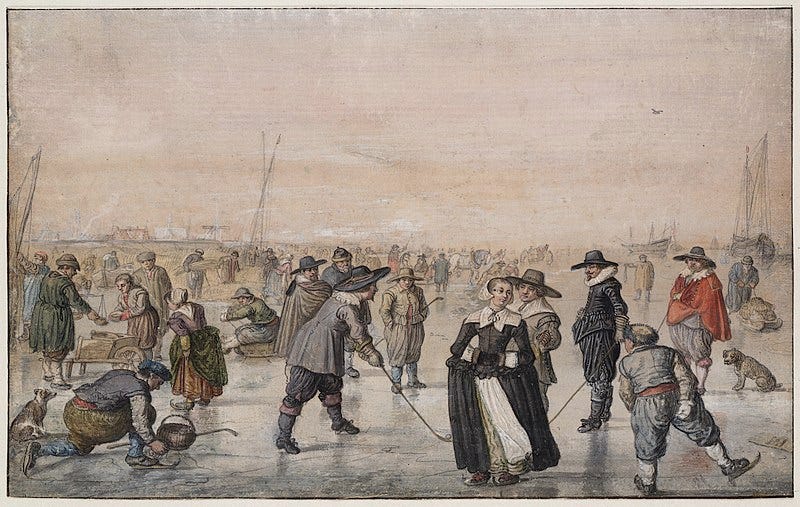The Mystery Behind the Little Ice Age: Causes and Consequences
Written on
Chapter 1: Understanding the Little Ice Age
The Little Ice Age remains a subject of intrigue among scientists, as the precise triggers for this climatic phenomenon are not yet fully understood. Recent studies suggest a new element that may have played a role in the most significant cooling period of the last 10,000 years.

This cooling period succeeded the medieval climatic optimum and is generally considered to have occurred between the 15th and 16th centuries, lasting until around 1900. During this time, average temperatures in the Northern Hemisphere declined by approximately 1°C over several centuries. Various factors have been proposed as contributors to this climate shift, including decreased volcanic activity, fluctuations in solar radiation, and alterations in thermohaline circulation.
In addition to natural influences, many researchers believe that disease outbreaks also played a role in the onset of the Little Ice Age. The Black Death pandemic, which wiped out up to 60% of Europe's population, is often cited as a significant factor.
In 2011, a team of geochemists from Stanford University posited a theory suggesting that following Christopher Columbus's arrival in North America, diseases spread among indigenous populations, leading to a dramatic decline in their numbers. This reduction in population resulted in a cessation of agricultural practices, allowing forests to regrow and absorb between 2 and 17 billion tons of carbon dioxide, thus mitigating the greenhouse effect. However, a recent study from the University of Massachusetts has unveiled a new factor contributing to this cooling.
Section 1.1: Atlantic Circulation and Its Impact
Researchers analyzed temperature data from the Atlantic Ocean over the past 3,000 years and found that by the late 15th century, sea surface temperatures had increased significantly. The authors of the study suggest that changes in ocean currents were responsible for this warming. Professors François Lapointe and Raymond Bradley, who led the research, discovered that substantial warm water began flowing northward from the south around the late 13th century, peaking in 1380. This influx of warm water made the seas south of Greenland considerably warmer, which in turn caused glacial ice to break off and flow into the Atlantic, leading to cooling and decreased salinity.

Moreover, the elevated Atlantic circulation levels significantly influenced the formation of a barium high over Greenland, exposing the Arctic to increased insolation. Professors Lapointe and Bradley emphasize that these two phenomena played crucial roles in the onset of the Little Ice Age. They also note that minimal volcanic activity during this period resulted in cleaner air, which made the planet more receptive to sunlight.
Dr. François Lapointe summarizes, “Reduced ash in the atmosphere led to a clearer sky, making the Earth more vulnerable to sunlight, which subsequently strengthened the Atlantic circulation.”
The first video titled "Climate Change, Chaos, and The Little Ice Age: Crash Course World History #206" explores the various factors contributing to the Little Ice Age, offering educational insights into its historical context and implications.
The second video, "What was the Little Ice Age Climate Period from the 14th to 19th Centuries and Why Do We Care?" delves into the significance of this climatic period and its relevance to contemporary climate discussions.
Chapter 2: The Legacy of the Little Ice Age
Zakynthos, a cherished holiday destination in Europe, is facing the loss of one of its major attractions. The changes in climate and environmental conditions could impact this beloved location significantly.